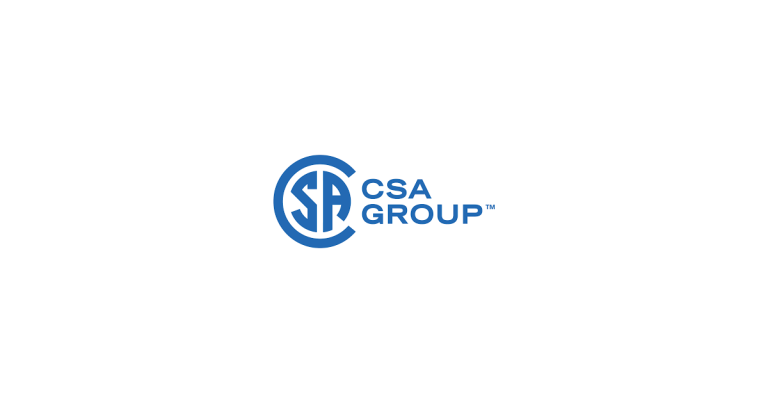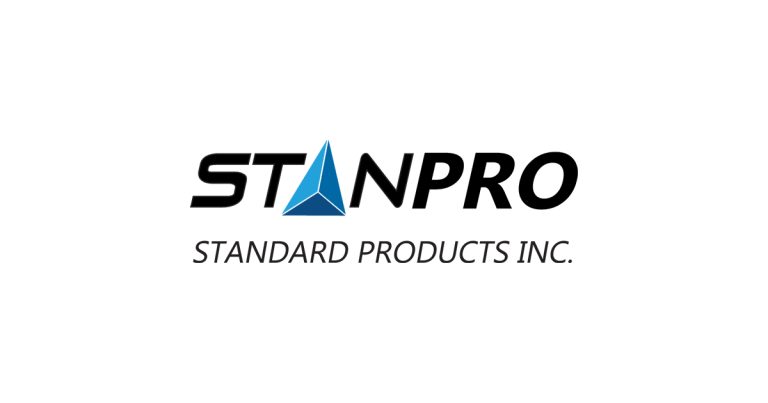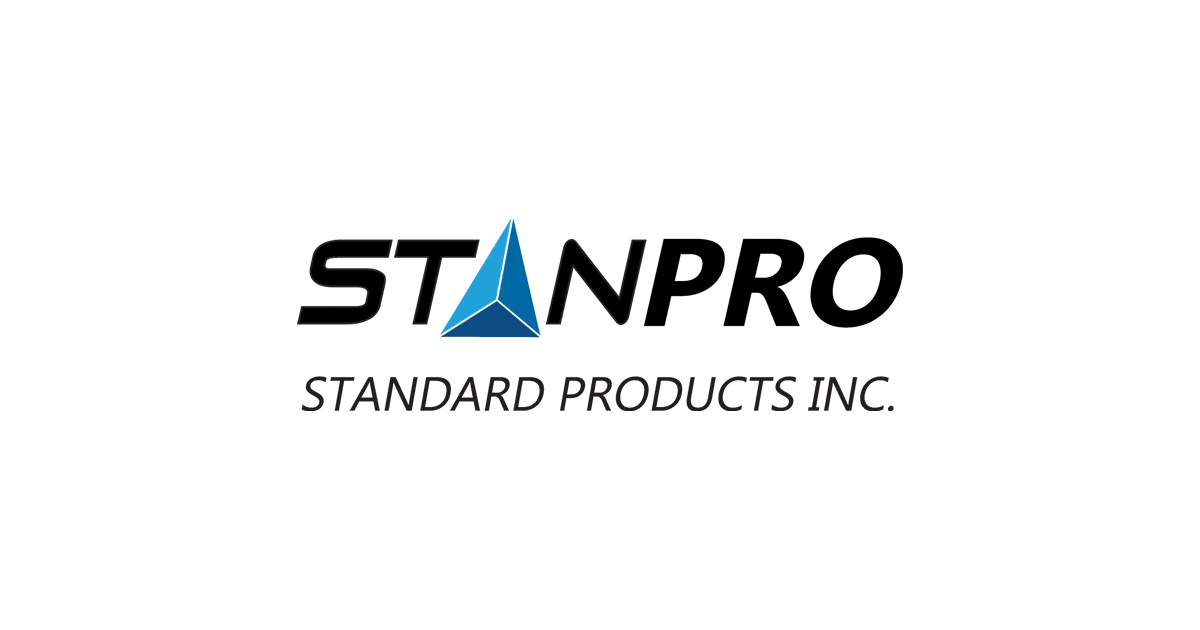Schneider Electric Launches Global Family Leave Policy

September 27, 2017
Schneider Electric has announced a new Global Family Leave policy that is industry-leading in its global scope and strengthens the company’s commitment to Diversity and Inclusion.
The policy will support Schneider Electric employees worldwide by providing paid personal time during moments when it matters the most, enabling them to better manage their unique life and work.
The policy features the following provisions as the global minimum paid leave standards:
- 12 weeks for the primary parent (both natural birth and adoption)
- Two weeks for the secondary parent (both natural birth and adoption)
- One week for care for an immediate family member that either needs elder care or care for a serious health condition
- One week of bereavement leave for a death of an immediate family member
In formulating the policy, Schneider Electric has actively chosen to define “leave” and “family” in an inclusive way, recognizing that definition of family, life and work are changing every day. By design, the policy includes key life stages for welcoming a new baby, taking care of sick or elderly family members, and mourning the loss of a family member. It also assumes an inclusive definition of family by extending an equal amount of parental leave to a parent by natural birth or adoption. Resources will be provided to Schneider Electric countries to ensure understanding and support of the new policy by managers and employees.
“Diversity and inclusion is an integral part of who we are and what differentiates us. That is how we drive innovation, engagement and high performance.” said Olivier Blum, Chief Human Resources Officer and Executive Vice President at Schneider Electric. “I feel proud to be an industry leader to establish the global family leave policy. It will reinforce our diversity and inclusion ambition of providing equal opportunities to everyone, everywhere and ensuring that all employees feel uniquely valued and safe to contribute their best.”
The policy will be deployed gradually, with 40+ countries including the U.S., Mexico, China and India, implementing by January 2018, and 100 per cent global deployment by January 2019. If a country’s legal requirement or current practice is more than the minimum standards, the higher standards will be followed. Eligibility within a country may vary based on local laws as well as current eligibility for the Schneider Electric benefits.

















